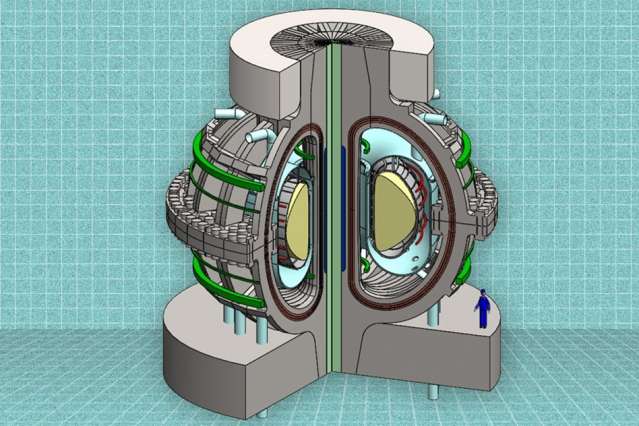Year in Review—The most important research of 2015: August

(ScienceX)—In this new monthly series, we are offering summary articles featuring links to some of the most interesting, intriguing or popular stories that appeared on ScienceX throughout 2015. This is the August 2015 edition.
In physics news a team of researchers at Caltech announced a discovery in fundamental physics. As part of investigating arrangements of electrons in metals they showed, for the first time, how instabilities arise. There were also a couple of developments in the pursuit of fusion as a power source. One team at MIT announced a new design that could finally bring fusion power closer to reality—it was based on an advance in magnet technology, while another team at Tri Alpha Energy reportedly made an important breakthrough in developing a fusion reactor—holding a ball of superheated hydrogen plasma for five seconds. Also in another example of the strangeness of the quantum world, a team of researchers at the University of Science and Technology of China demonstrated a computer that 'computes without running' that set an efficiency record of 85 percent.
In other news a team of researchers working in Japan made headlines when they showed that an iron bar was capable of decision-making . They claimed such an object could make a decision because an outcome was based on information from its surroundings. Another group made news for a different reason as a team of botanists conducted the first large-scale genetic study of marijuana, hemp. And a third group with the University of Aberdeen drew attention as they published their part of an international effort regarding 'Evolutionary fitness' as a factor in figuring out why some females are more physically attractive. Also a combined team of researchers from the University of Wisconsin and the University of Chicago announced that they had unexpectedly produced a new type of glass.
In medical news, a team of researchers working in New York asked, could body posture during sleep affect how your brain clears waste? And found it just might. And a combined team of researchers from Keio University School of Medicine and Newcastle University's Institute for Ageing found evidence that suggested inflammation, not telomere length, predicted healthy longevity of centenarians—those that maintained lower levels of inflammation lived longer healthier lives.
The January 2015 edition of our Year in Review series can be read here.
The February 2015 edition of our Year in Review series can be read here.
The March 2015 edition of our Year in Review series can be read here.
The April 2015 edition of our Year in Review series can be read here
The May 2015 edition of our Year in Review series can be read here
The June 2015 edition of our Year in Review series can be read here
The July 2015 edition of our Year in Review series can be read here
© 2015 ScienceX